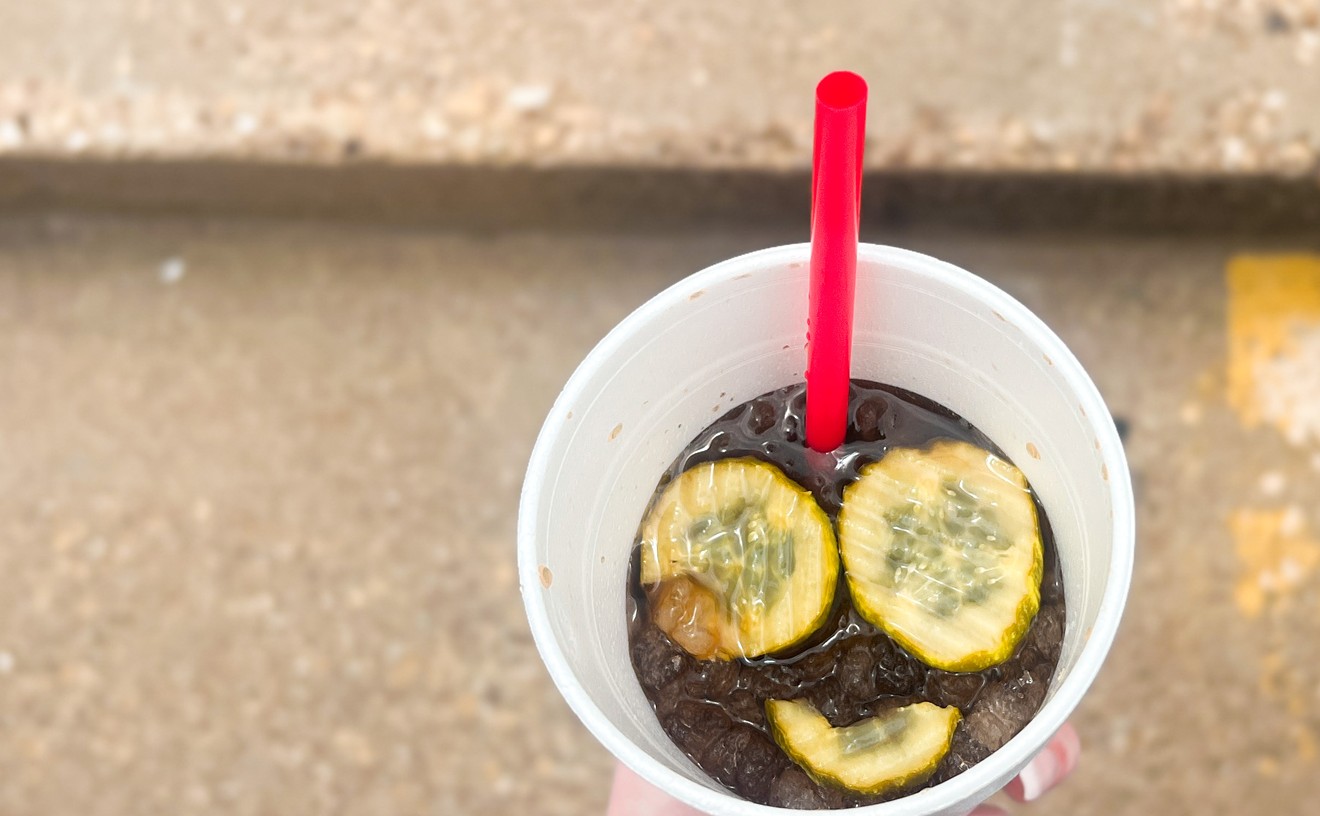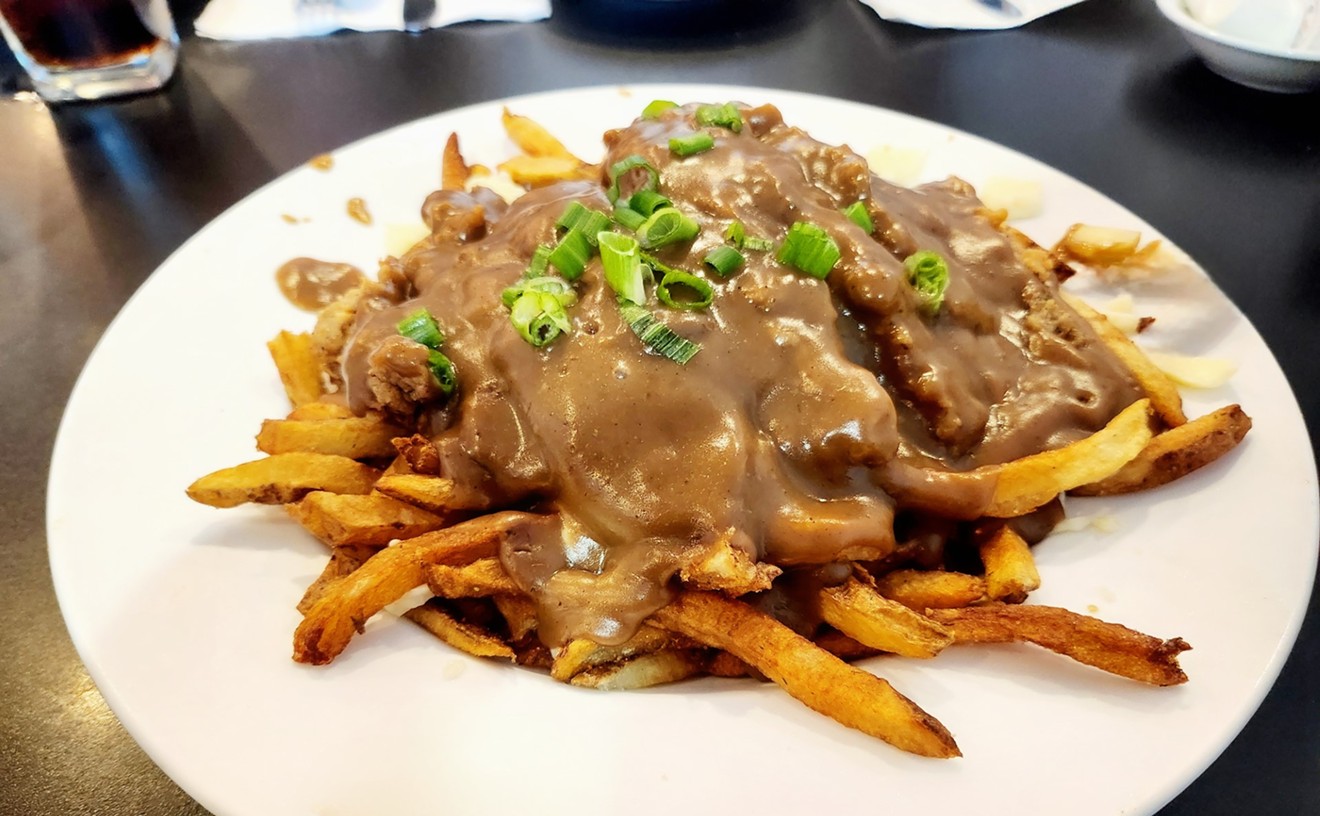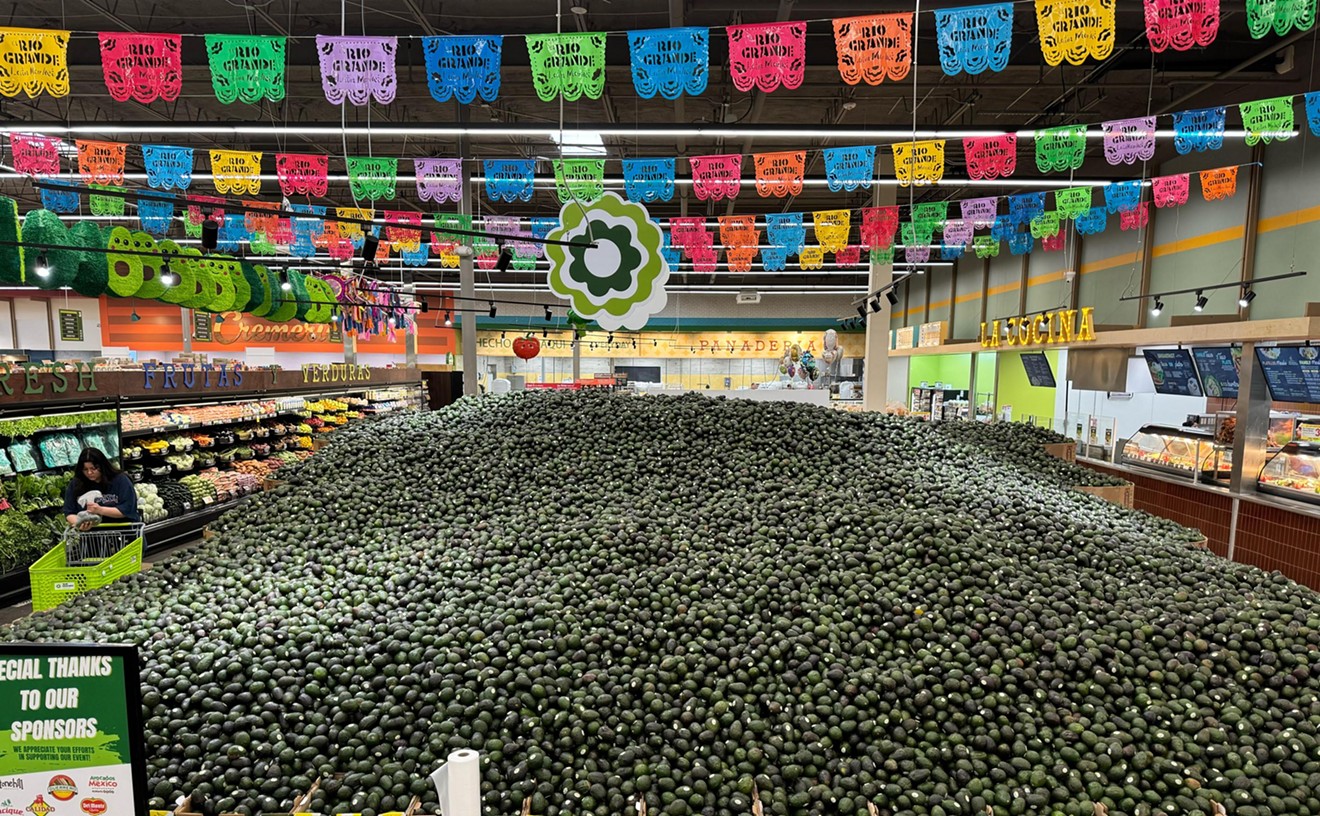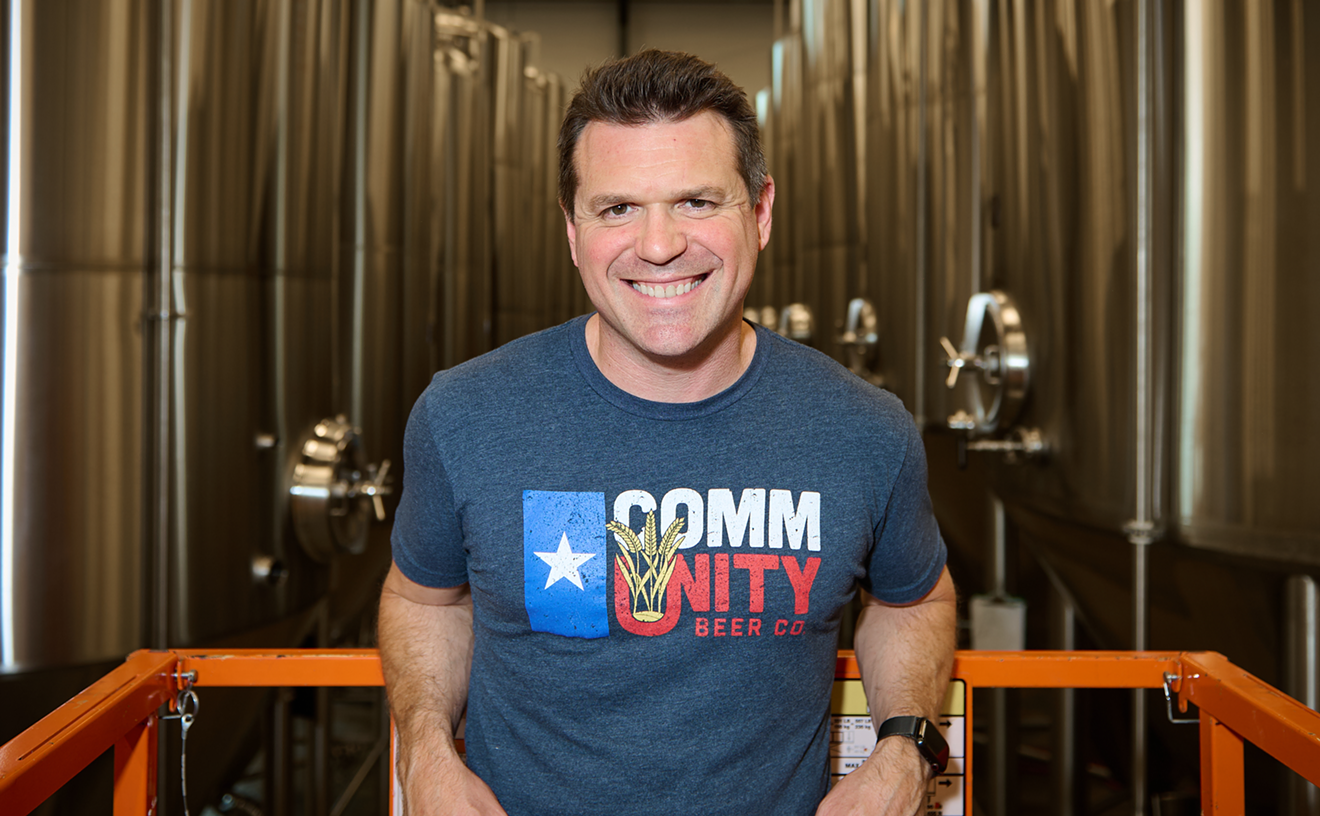Logically it makes little sense, then, for the local restaurant Steel to acquire a collection of Mouton from 1945 to 1993. Or for Voltaire to carry a bottle priced at $35,000. And Pappas Bros. Steakhouse lists an 1847 Chateau d'Yquem ($27,000), a 1945 Romanee Conti ($15,000) and a three-liter 1993 Screaming Eagle ($50,000) among five pages of "extreme" wines. It even offers the world's last three-liter 1945 Romanee Conti--for $70,000.
"Most restaurants aren't going to invest in $70,000 bottles," says Charles Bruen, manager of Capital Grill. "Sales are few and far between."
Ah, but wine sales often drive restaurant profits. "We make more money on a bottle of wine than a steak," explains Jay Sanchez, manager at Mondo's. Indeed, with the famous restaurant markup on wine and increasing consumption, many establishments work hard to create strong wine programs.
The payoff is huge. Wine sales at Al Biernat's generate more than $1 million for the restaurant each year. Pappas Bros. credits wine for up to one-third of its annual revenue. "We generally sell $5,000 to $8,000 in wine each night," says Steve Occhipinti, manager of restaurant operations for Voltaire.
Most diners are familiar with the hefty prices Dallas-area restaurants tack on to even ordinary wines--typically two-and-a-half to three times wholesale. "We have an '82 Lafite," points out Phil Willis, operating partner at Fleming's. "It cost $595, and we marked it at $1,500. But I'd sell it at $1,100, which isn't bad." Restaurants must pay a monthly sales tax of 14 percent, but the rest represents sheer profit. Of course, George Howald, wine director for The Mansion, likes to relate an apocryphal story of the patron who complains about the price of a bottle. In his tale, the manager removes the glasses, linen and other accoutrements from the guest's table in order to make the cost more reasonable.
"The profit margin for a Big Gulp is outrageous, but no one complains," Howald points out.
The rare and expensive wines play a more subtle and insidious role. Few really buy a $10,000 bottle of wine, but, explains Jim Fleming of Marty's, "If you want the wealthiest people to visit your restaurant, you have to keep certain things. They're brought in as fixtures."
Whether anyone purchases one of these five-figure bottles, these "fixtures" attract attention. "It's prestigious to have certain wines on your list because there are esoteric names people like to associate with," says Gilbert Garza, chef-owner of Suze, who refuses to dabble in the ultra-expensive wines. "It's a badge. It's 'I have it and you don't.'" As if to echo Garza's sentiments, Judd Fruia, general manager of Pappas Bros., explains his strategy thusly: "We obviously go after wines people know--Caymus, Silver Oak. Then we have boutique wines like Screaming Eagle, the wines connoisseurs know, the wines that have cult status. Then we try to monopolize a vintage. We find rare wines and buy out the stock, so we're the only ones in Texas with that wine. That way we can say, 'We own it all.' You corner the market in order to become a destination restaurant for wine."
But sporting a collection of high-end wines also encourages patrons to spend more per bottle. "My wine list goes from $24 to $1,700," says Todd Lincicome, wine director at Al Biernat's, "but I try to have a strong mixture at $50 to $75. We sell a lot of $100 to $125 bottles, but $50 to $80 is the most popular range." Patrons at Fleming's tend to pay $85 to $110 per bottle. But at Pappas Bros., with a selection ranging from $30 to $70,000, sales typically fall into the $90 to $150 range. And 54 percent of the wine sold at Voltaire tops $200. "When you have wines priced higher, people are apt to start higher," Fruia explains.
Many places eschew the top-end wines, capping their prices in the low thousands. "The way we format the wine list is to move wines," scoffs Scott Pharr of Nana. "I don't see the value in trophies." They offer a 1989 Petrus for $1,500. Even The Mansion generally limits its upper-echelon wines to the $5,000 range.
Rare and expensive wines can be a rather uncertain investment, however.
"One out of every 12 bottles of red wine that exists in the world is bad," Lincicome points out. It's a staggering figure, illuminating the fragile nature of expertise in this industry. "When restaurants buy old wines, we don't always know how they've been kept," Occhipinti adds. "Sunlight, vibration, anything can put them in shock."
Still, certain restaurants continue to pursue collector wines valued at five figures. "It's a 'wow' factor," Fruia says. "We want people to say, 'How can they have these?' They are there for show, but they are also there to sell."










